Showing 31-40 of 175 results
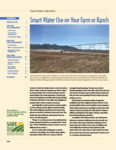
Smart Water Use on Your Farm or Ranch
As producers throughout the nation grow increasingly concerned about water scarcity, farmers, ranchers and agricultural educators are beginning to explore new, conservation-oriented approaches to water use.
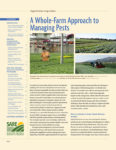
A Whole Farm Approach to Managing Pests
This 16-page bulletin helps producers—and the educators who work with them—use ecological principles across the entire farm to control pests.
Agroforestry Practices, Planning and Design
Developed by the The Center for Agroforestry at the University of Missouri in 2013, the Training Manual for Applied Agroforestry Practices and the Handbook for Agroforestry Planning and Design are companion pieces that provide easy-to-use information about agroforestry.

SARE Library USB Drives - Bundle of 10
All of SARE’s current publications right at your fingertips on a USB drive.

What is Soil Health?
Soil health plays an essential role in raising healthy, productive crops and livestock. With this interactive infographic, learn how practices such as cover crops, no-till, crop rotation and the integration of livestock work in concert to improve soil health.
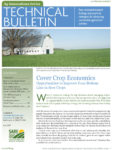
Cover Crop Economics
Cover crops can build soil health, control weeds, conserve moisture, provide grazing opportunities and more. But when do they start to pay for themselves? This analysis looks at the economics behind different management scenarios to determine if cover crops are likely to improve profitability in one, three or five years of use in corn and soybean rotations.
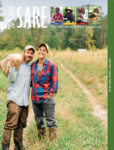
2019/2020 Report from the Field
Stories of how recent SARE grantees are improving the sustainability of U.S. agriculture, plus a snapshot of our total investment in research and education projects since 1988.
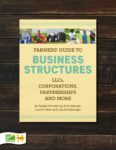
Farmers' Guide to Business Structures
Farmers’ Guide to Business Structures describes the fundamentals of sole proprietorships, general partnerships, limited liability companies and C, S and B corporations in straightforward language, to help you choose the best entity for your operation. Selecting the right business entity for your farm is like building the foundation of a house.
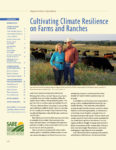
Cultivating Climate Resilience on Farms and Ranches
This bulletin outlines the new challenges that changing weather patterns pose in agriculture throughout the United States, and what you can do to make your farm more resilient.
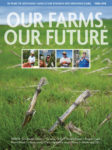
30 Years of SARE: Our Farms, Our Future
30 Years of SARE: Our Farms, Our Future tells the story of thousands of men and women who have led SARE and received SARE grants. They have one objective in common: making American agriculture stronger, more sustainable and better equipped to face the challenges of today and tomorrow.